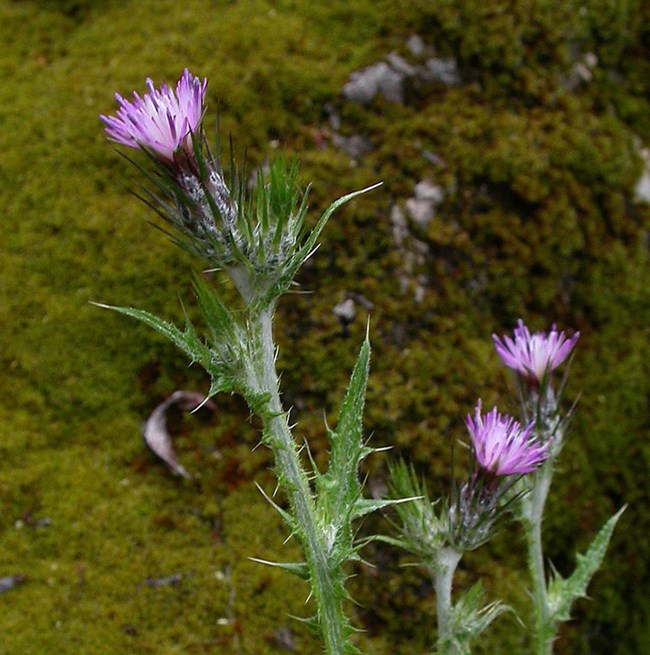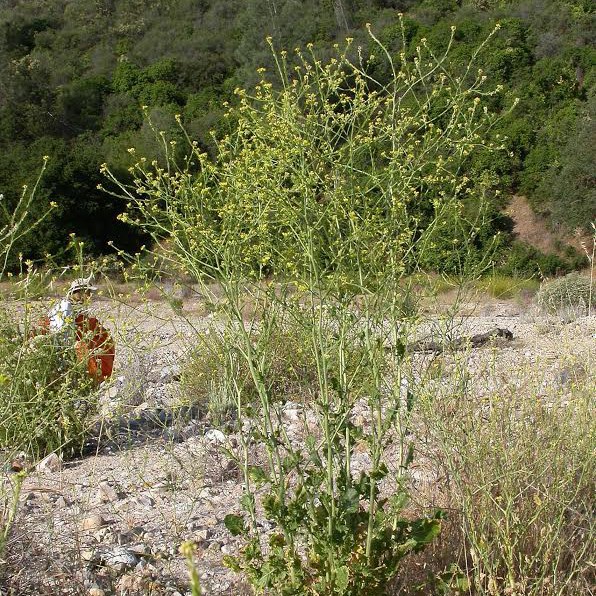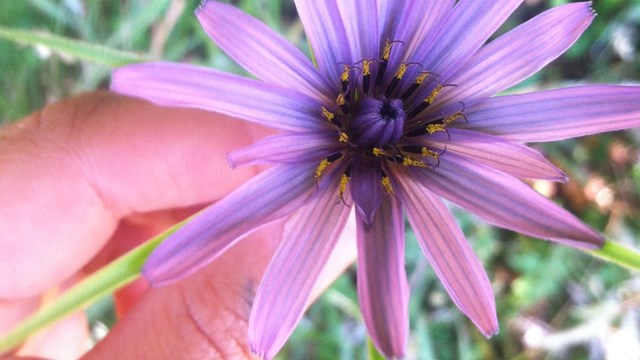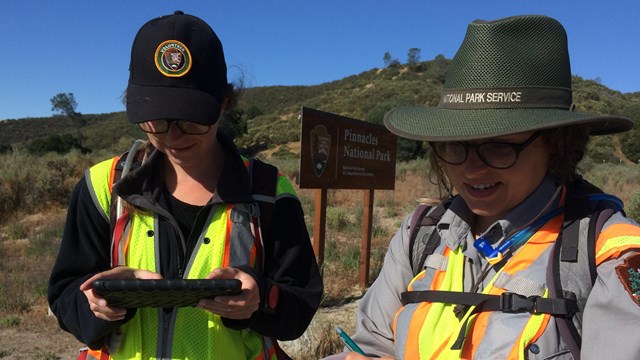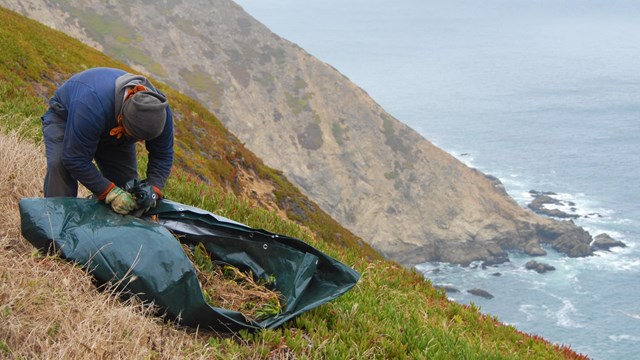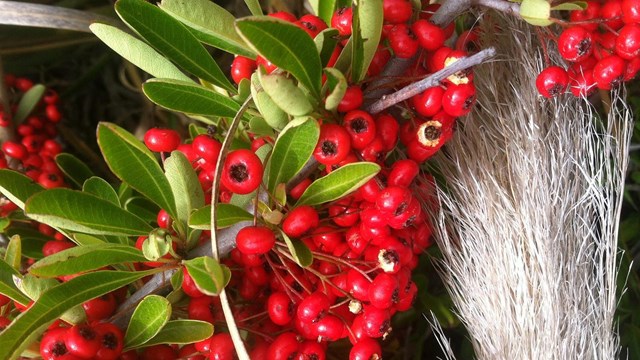Managing Invasive Plants at Pinnacles National ParkOut of approximately 625 plant species at Pinnacles National Park, about 100 are nonnative. Nonnative species that have the potential to cause serious ecological harm by displacing native plant communities are classified as invasive. The Pinnacles National Park Weed Control Program primarily targets the following invasive species:
Focused Weed Control EffortsThe program focuses on these species due to their significant potential to destroy native habitats. Yellow star thistle and mustard are managed by treating large areas on a monthly basis. Horehound, which is nearing eradication within the park, is controlled through monthly visits to approximately 140 small plots. Eradication MethodsControl methods include hand pulling and herbicide application, ensuring the most effective approach to protecting and restoring native habitats at Pinnacles. 
NPS Yellow star thistle
Yellow star thistle, or “the plant that ate California,” has already degraded over 25% of the state's land and is considered one of the most invasive weeds by the California Exotic Pest Plant Council. Yellow star thistle is a summer-blooming annual in the sunflower family and native to Eurasia. The plant is often initially found in open, disturbed areas such as former ranch lands, road edges and stream channels. Through time it moves increasingly into undisturbed locations, including meadows and riparian corridors. |
Last updated: October 23, 2024

